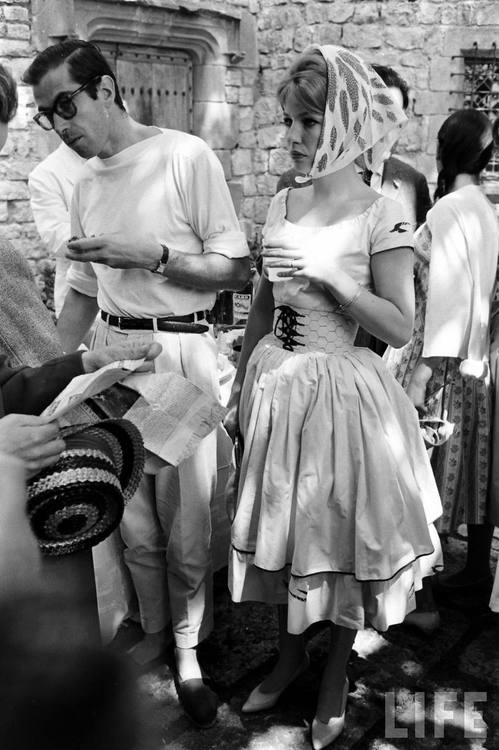The Obama tan suit controversy was pretty contrived and obviously driven by politics. But in recent years, I also see it represented here as being just about color when that's not the full story. So let's talk about the meaning of colors in menswear. 🧵
https://twitter.com/bigblazeo/status/1819048246171271600
A recap: In August 2014, Obama wore a tan suit on live television while talking about ISIS in Syria. Conservative media then slammed him for wearing what they felt was inappropriate attire for the occasion (ie talking about US response to terrorism). It was suit color + occasion 

As I've mentioned before, our "rules" for traditional men's dress largely derive from Britain, and particularly that period in the 19th and early 20th century when dress was still governed by TPO (time, place, and occasion). People were expected to wear things to certain places.
Although the suit was originally worn by working-class clerks and administrators, who sat a few rungs lower on the social ladder than elites in frock coats, it took on new meaning in the 20th century with the development of industrial capitalism.




The standard business uniform at this time was dark worsted suit, typically navy or grey, worn with a crisp white shirt, dark silk tie, and oxford shoes in either black or dark brown. Suits in colors such as brown or olive were reserved for leisure or sport in the country.




This historical legacy casts such a long shadow that it still shapes how we think of colors today. When he was director of the FBI, Robert Mueller exclusively wore dark blue Brooks Brothers suits, white shirts, and foulard ties in conservative colors such as navy or burgundy 

Mueller imposed this uniform on his subordinates because he felt it represented the FBI's seriousness. There are stories of FBI agents scurrying out in the night to buy the right clothes before briefing him in the morning. From a 2008 Washingtonian profile by Garrett Graff: 

However, even as recently as the late 1980s and early 90s, US Presidents wore all sorts of things. Reagan wore tan suits, plaid suits, and even tartan blazers! Bush Sr. was considerably less stylish but still wore very good tailoring in a variety of non-business colors.








The issue is just whether one thinks wearing a tan suit to discuss US response to ISIS is the best choice. For instance, no one remarked how he met with John Tefft, US Ambassador to Russia, in the Oval Office that same day because a tan suit is pretty natural in that regard 

Personally, I think the controversy was contrived and overblown. Here's Reagan appointing Donald Rumsfeld (1983), discussing War on Drugs (1983), addressing US-Soviet diplomatic talks (1987), and answering questions about his vetoing the Defense Appropriation Bill (1988)








To answer the original question: when would a tan suit be a bad call? Certainly, you should not wear one on the most serious of occasions. When Obama announced the US had killed Osama bin Laden, he rightly wore a dark worsted suit, white shirt, and conservative tie. 

But politicians wear tan suits all the time, even in relatively formal settings, as evidenced here. IMO, it's lamentable that so much variety in tailored clothing is lost today. We should not further reduce everything to dark worsted suits.
https://x.com/therecount/status/1818006221195993187
So when might you want to wear a tan suit? Certainly, the color is best in the morning and afternoon (nighttime tailoring calls for darker colors). Non-business colors such as tan are also the easiest way to make a suit look more casual. So wear it for casual settings.




It's a natural choice for materials such as linen or cotton. But even in wool—tropical wool, Solaro, or gabardine—the slightly more casual color is a good way to knock some of the stiff formality that can be inherent in tailoring.








If you don't like wearing ties, going open collar will look much more natural with a casual suit than a dark worsted one. To me, a dark worsted suit without a tie is like the night sky without stars. But for a tan suit, everything looks coherent and relaxed.








Few people will hold a Presidential press conference, but the takeaway here is that colors in menswear often have social meaning. This is why I think charts like this are dumb. So is any color theory that strips away context and culture. 

When it comes to choosing colors, dressing for your skin tone is much less important than understanding social language. Pink may flatter your skin tone the best, but a pink suit will mean something very different from a grey suit. One says "business," the other says "leisure."




So when choosing colors, it's helpful to take into consideration certain factors. What will be the time of day? What is the occasion? What is the season and climate? What do you want to express? This is what I mean by "dress is a kind of social language"








One last thing: I don't comment on womenswear because I don't know anything about it. But it's interesting to me that Harris wears suits in all sorts of colors. This language of men's dress doesn't necessarily transfer to womenswear because they have different histories.








For more on Harris' tailoring, you can check out these recent articles by @theprophetpizza and @VVFriedman.
https://x.com/theprophetpizza/status/1818467870398919076
• • •
Missing some Tweet in this thread? You can try to
force a refresh


































